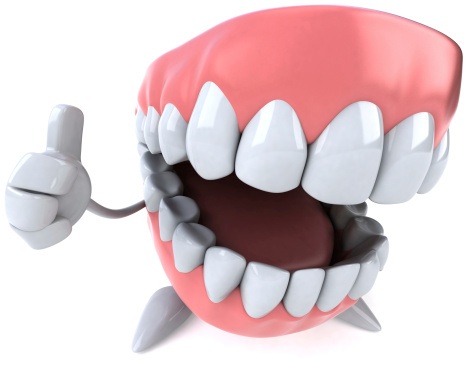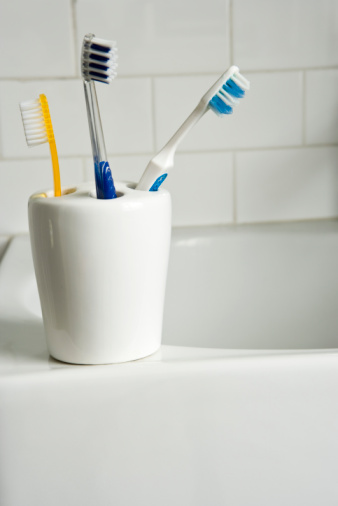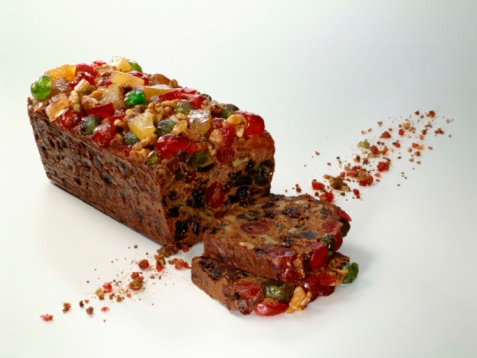 Children miss about 51 million hours of school each year due to dental problems and treatments. It’s important to emphasize proper oral care for kids. This can reduce irritability, behavior problems, and decreased performance during the day resulting from dental pain. The American Dental Association sponsors National Children’s Dental Health Month in February to promote awareness of dental care for kids. This year’s NCDHM features the slogan, “Rock Your Smile,” to help children get an awesome smile, one that rocks!
Children miss about 51 million hours of school each year due to dental problems and treatments. It’s important to emphasize proper oral care for kids. This can reduce irritability, behavior problems, and decreased performance during the day resulting from dental pain. The American Dental Association sponsors National Children’s Dental Health Month in February to promote awareness of dental care for kids. This year’s NCDHM features the slogan, “Rock Your Smile,” to help children get an awesome smile, one that rocks!
Children’s Dental Health
To help improve the status of children’s oral care, take a look at some of the unfortunate statistics about current dental dangers.
- Tooth decay is the second most common childhood illness, following the common cold.
- Researchers found that about 80 percent of children are already infected with the cavity-causing bacteria, S. mutans, by the time they are two years old.
- Advertisers spend about $900 million each year on television ads aimed at children under age 12. More than two-thirds of this advertising promotes junk food, which can promote tooth decay. (more…)






